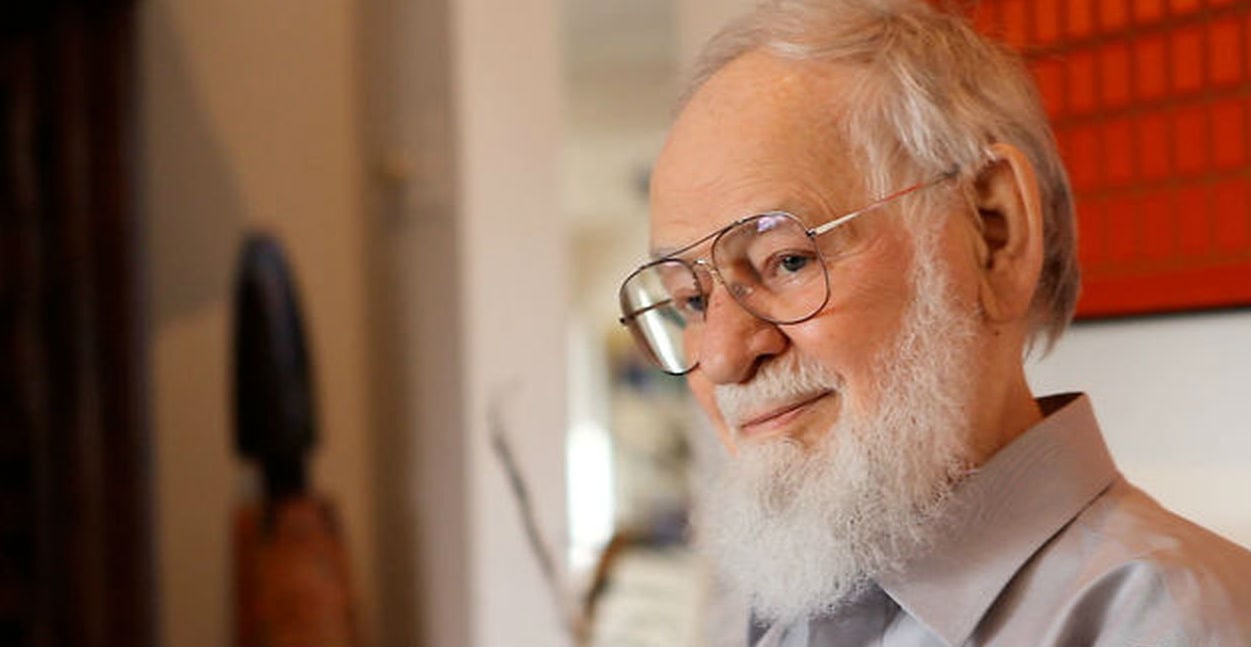
Julian Stanczak, a leading member of the Op Art movement and influential professor of art, died at his home in Seven Hills, Ohio on March 25.
Stanczak was widely known for his vividly-colored canvases covered in geometric shapes and grids. His works placed emphasis on the act of perception through movement, placing him as a forerunner in the short-lived Op Art movement of the 1960s.
In fact, the movement was named after his first major show, “Julian Stanczak: Optical Paintings,” which was staged at New York’s Martha Jackson Gallery in 1964.
The artist was born in Borownica, Poland in 1928, and worked at a labor camp in Siberia during World War II. He escaped at age 14, but not before he developed encephalitis, which resulted in a non-functional right arm. Despite his disability, Stanczak painted with his left arm.
He eventually made his way to London to study art, and in 1950, left for America to study at the Cleveland Institute of Art. Later, at Yale University, he famously studied under renowned Modernist painter Josef Albers. His mature paintings offered complex compositions with a play on varying color transparencies and opacities.
Stanczak taught painting at the Art Academy of Cincinnati from 1957 to 1964 and, later, the Cleveland Institute of Art from 1964 to 1995. His students included artists April Gornik and Dana Schutz.
Julian Stanczak, Lost Script. Courtesy D. Wigmore Fine Art, Inc via artnet.
Stanczak’s paintings can be found in the collections of New York’s MoMA, the Metropolitan Museum of Art, the San Francisco Museum of Art, the Smithsonian American Art Museum, and several more. Exhibitions by the artist have also been staged at venues throughout the United States, such as New York’s New Museum and the San Jose Museum of Art in California.
Grafton Nunes, president of the Cleveland Institute of Art, announced via Cleveland.com that a service will be held at Ferfolia Funeral Home, in order to “provide the opportunity for everyone to pay their respects.”
“Thoughts and reflections can be offered as we remember our personal inspirations from Julian,” wrote Nunes.
The artist died under hospice care after being treated for pneumonia and other illnesses, stated his wife in an email, according to an earlier story on Cleveland.com.
He is survived by his wife, sculptor Barbara Stanczak, as well as his children, grandchildren, great-grandchildren, brother, and daughter-in-law.